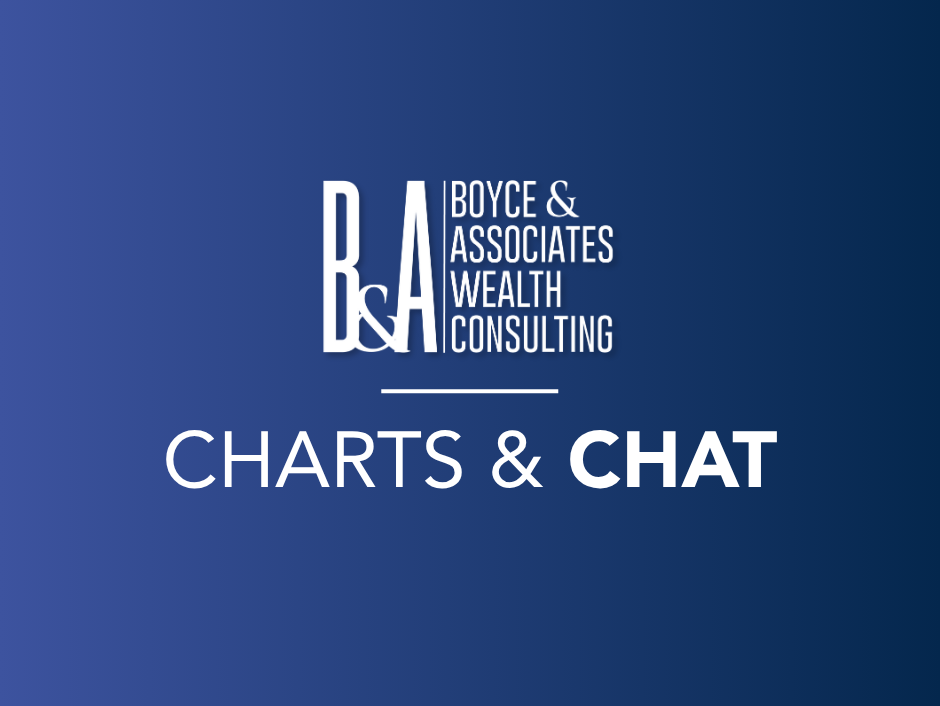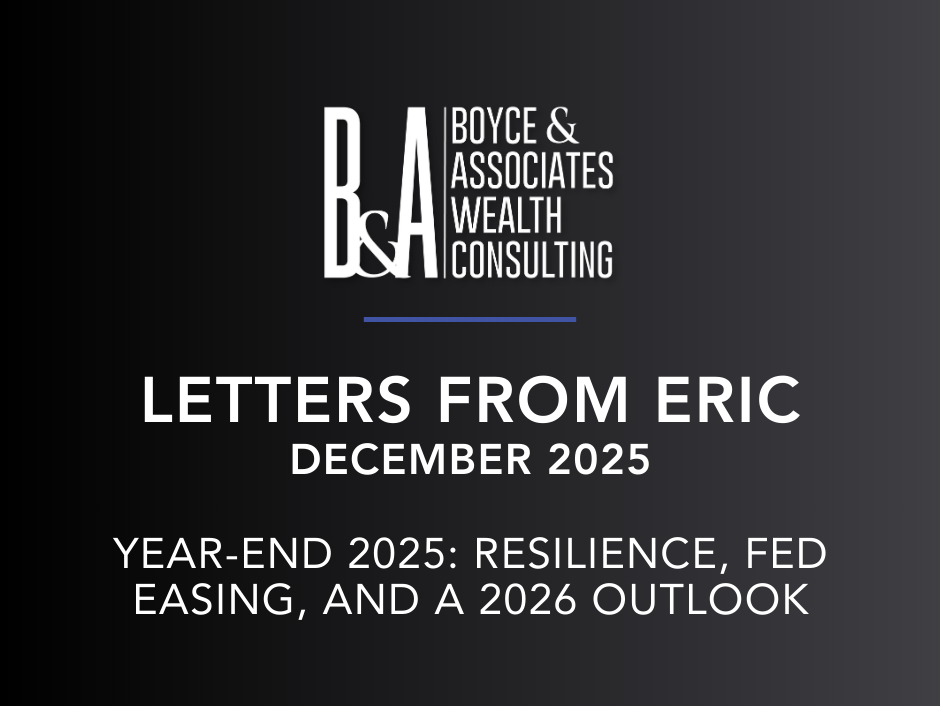Five Facts on Planning for the Cost of College
It is no secret that the cost of college has skyrocketed in recent years. In fact, college tuition has increased faster than inflation for four decades, even doubling and tripling the inflation rate
in some years. With no end in sight to the increasing cost of college, planning for how to pay for
this higher education is becoming an increasingly crucial part of the financial planning process.
Moreover, the college application process is complex and often intimidating. This can cause
families to miss out on opportunities that could have ended up decreasing this huge price tag.
With that, here are five facts that many families are unaware of when beginning to pay for
college.
1. There is no income amount that disqualifies a family from receiving need based
aid. One of the largest mistaken assumptions families make each year is claiming that “I
make too much, I will never qualify for need based aid.” Each family’s need is calculated
using the Student Aid Index (SAI) on the Free Application for Student Aid (FAFSA). This
will take into account the parents’ income, assets, and the student’s income and assets.
This will generate a number that will determine how much aid, if any, a student will
qualify for. However, some assets must be reported with FAFSA, while others do not. For
some families, simple asset repositioning strategies can help them qualify for aid that
they otherwise would not have received.
2. College planning does not begin when the student is nearing graduation. The most
important contribution to college is a prepared student. GPA is cumulative and begins
the day the student walks into high school their freshman year. When it comes to
qualifying for need based aid, the income is determined by the parents’ base year. This
is the year from January of the student’s sophomore year to December of their junior
year. In other words, the full calendar year before their senior year. Any decisions you
make during your student’s base year will directly affect your qualification for need based
aid. When it comes to saving and planning for college, it is never too early to plan.
3. If a family does not qualify for need based aid, there are still strategies to
indirectly minimize the cost of college. There are several vehicles that can utilize tax
advantaged and asset advantaged strategies to save for college. Determining how to
save for college with the maximum asset growth and minimum tax liability can still save
families money. Commonly known funding vehicles such as section 529 plans work
effectively for some. However, there are limitations to what the funds can be used for.
What if the student does not wish to continue their education? There are other tools that
are more flexible and can be useful for certain families.
4. There is a difference between sticker price and net price. The sticker price is the
posted Cost of Attendance (COA) at each school. However, need and merit based aid
must be factored in before determining the net price, or what a family actually pays to
attend that school. Often schools with a high sticker price will be more willing to give aid
to a qualified student, which could result in the net price being lower than a school with a
low sticker price, but reluctant to give out aid.
5. The loan crisis is not all with the students, much of it is with the parents. Once
again, college is expensive. Some families may need to utilize loans to help pay for the
cost of college. There are several various public and private loans that families can use.
However, some are very open to pitfalls because of financial mistakes. There are a lot of
headlines today discussing the student loan crisis, but it is a bit misconceived. While
there are certainly outlying students who are stuck with six figures of debt, the real crisis
is with the parents. In many cases, parents are capable of borrowing the entire cost of
college. This has led to parents borrowing back way more than they could afford to pay
back before retirement. This has caused families to have to push back their retirement in
order to generate adequate income to pay off these loans. The important takeaway here
is that covering the cost of college should never come at the expense of a successful
retirement.










